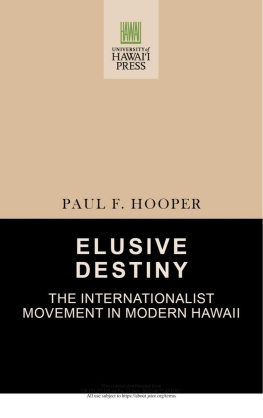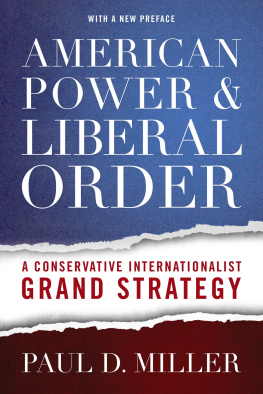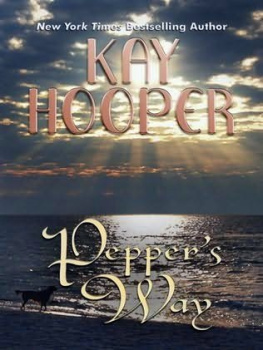
This content downloaded from
128.171.57.189 on Fri, 11 Nov 2022 10:27:43 UTC
All use subject to https://about.jstor.org/terms
Elusive Destiny
This content downloaded from
128.171.57.189 on Fri, 11 Nov 2022 10:27:43 UTC
All use subject to https://about.jstor.org/terms
Elusive Destiny
The Internationalist Movement in
Modern Hawaii
PAUL F. HOOPER
Published with the support of the
Maurice J. Sullivan & Family Fund in the University of Hawaii Foundation THE UNIVERSITY PRESS OF HAWAII Honolulu This content downloaded from
128.171.57.189 on Fri, 11 Nov 2022 10:27:43 UTC
All use subject to https://about.jstor.org/terms
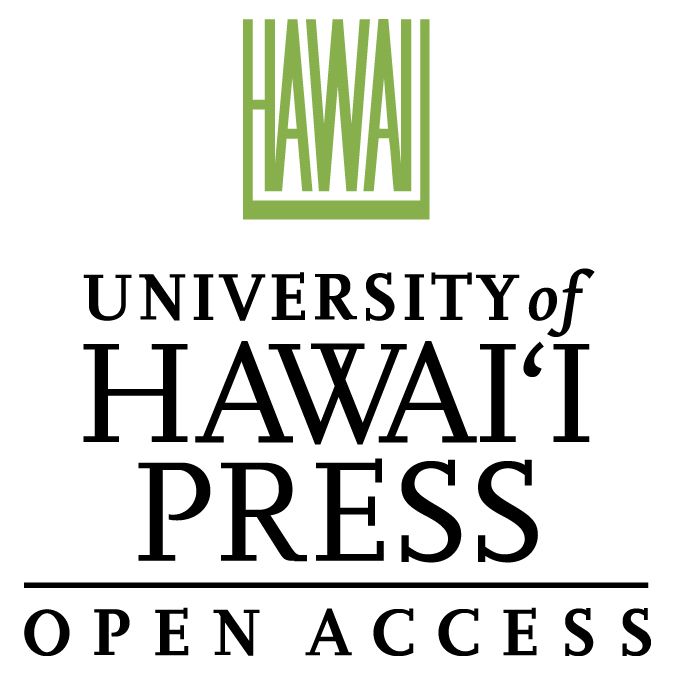
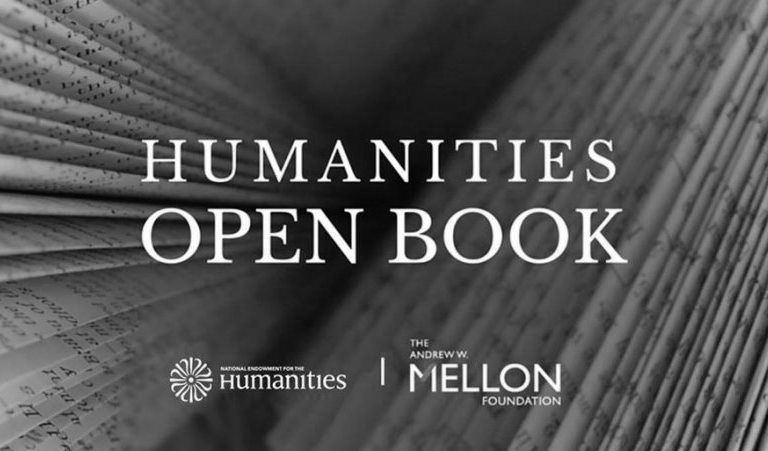

Open Access edition funded by the National Endowment for the Humanities / Andrew W.
Mellon Foundation Humanities Open BookProgram.
Licensed under the terms of Creative Commons Attribution-NonCommercial-NoDerivatives 4.0 International (CC BY-NC-ND 4.0), which permits readers to freely download and share the work in print or electronic format for non-commercial purposes, so long as credit is given to the author. Derivative works and commercial uses require permission
from
the
publisher.
For
details,
see
https://creativecommons.org/licenses/by-nc-nd/4.0/. The Creative Commons license described above does not apply to any material that is separately copyrighted.
Open Access ISBNs:
9780824880064 (PDF)
9780824880071 (EPUB)
This version created: 16 May, 2019
Please visit www.hawaiiopen.org for more Open Access works from University of Hawaii Press.
Copyright 1980 by The University Press of Hawaii iii
This content downloaded from
128.171.57.189 on Fri, 11 Nov 2022 10:27:43 UTC
All use subject to https://about.jstor.org/terms
Contents
Dedication iv Preface vi I A New Paciac Era 1
II The Summer Isles of Eden 6
III Colossus of the Paciac 32
IV Our New Geneva 69
V The Will to Good Relations 112
VI A Duty to Perform 146
VII The Aura of Mystery and Wishful Thinking 186
Notes 200
v
This content downloaded from
128.171.57.189 on Fri, 11 Nov 2022 10:29:43 UTC
All use subject to https://about.jstor.org/terms
Preface
This study is an interpretive description of internationalism in nineteenth and twentieth century Hawaii, a signiacant but little-known movement that revolves about the persistent erts of a succession of Island leaders to forge a uniquely consequential role for Hawaii in the international airs of the Paciac Basin. Founded upon hopes and aspirations far more ambitious than any warranted by the Islands physical attributes, this movement involves undertakings ranging from erts to create a confederation of Polynesian nations to dreams of generating a grand synthesis in East-West philosophy and cannot, thus, be characterized simply as a grandiose version of conventional international politics. Its origins lie more in a state of mind than in geo-politics, and its strategies are more akin to those of the crusader than those of the diplomat, soldier, or entrepreneur.
Hence, while this study discusses diplomacy, warfare, and economics, it is fundamentally about the ways of thinking basic to an ism.
A word on sources is necessary. As the chapter notes indicate, numerous dirent materials have been consulted.
These range from secondary works, newspapers, and periodicals readily available in most public libraries to dissertations, government documents, institutional papers, and diaries located in the Archives of Hawaii, the East-West Center, the Hawaii International Services Agency, the Hawaii Visitors Bureau, the Hawaiian Mission Childrens Society Library, the Hawaiian and Paciac Collection in Hamilton Library at the University of Hawaii, the Legislative Reference Bureau, and the YMCA of Honolulu. In addition, the papers of the Institute of Paciac Relations, the Pan-Paciac Union, and the Peace Corps/Asia Training Center located in the University of Hawaii Archives are of particular signiacance. Finally, interviews, some conducted by the author and an assistant and available through the author, vi
This content downloaded from
128.171.57.189 on Fri, 11 Nov 2022 10:28:32 UTC
All use subject to https://about.jstor.org/terms
Preface
and others conducted as part of the John A. Burns Oral History Project and available through Hamilton Library are likewise important.
While the descriptive portions of this book are based upon standard historiographical perspectives and require no special comment, the interpretive portions may arouse some uncer-tainty. The statements here proceed from the assumption, documented but perhaps still open to argument, that the generative urge behind the movement lies in value-laden beliefs and perceptionssocial mythsmore so than in economics, geography, politics, and the other more conventional elements of analysis.
Accordingly, art, literature, music, poetry, television, and other mediums associated with the expression of values agure prominently in the work. Although common enough in recent scholarship, this approach has seldom been employed in Hawaiian studies and may be unfamiliar to some readers. As a footnote, it should be mentioned that the mythic aspect of the Island historical experience appears to be of considerable scope and that this approach may warrant more attention than it has so far attracted.
Very few scholarly works are completed without assistance from others. As this study is no exception, I have incurred numerous debts that I want to acknowledge. In general terms, my interest in the subject is the outgrowth of friendships and academic opportunities that have come during the course of some twenty rewarding years in the Islands. I wish it were possible to thank all those who helped make this such a rich experience.
At the same time, it is both possible and a pleasure to mention a number of individuals who have contributed more directly. In the arst instance, I want to say that I am indebted to Jason Horn for his sound scholarship on nineteenth century Hawaiian diplomatic history. Often cited but seldom accorded special recognition, his unpublished thesis, Primacy of the Paciac Under the Hawaiian Kingdom, is unquestionably the basic reference on Island internationalism during this period, and I have made extensive use of it. I also want to note my indebtedness to Mona Nakayama and Sharon Narimatsu for their sustained research assistance and to the Atherton Family Foundation for a grant that facilitated the initial research.
Many others ored valuable assistance and encouragement during the research and drafting stages, and I want them to know that I truly appreciate their help. They are David Bertelson, Stuart Gerry Brown, Daniel Boylan, George Chaplin, Gavan Daws, Donna Ikeda, James Hall, Mark Helbling, Frances vii
This content downloaded from
128.171.57.189 on Fri, 11 Nov 2022 10:28:32 UTC
All use subject to https://about.jstor.org/terms
Preface
Jackson, Pauline King Joerger, Damaris Kirchhofer, David Kittelson, Seymour Lutzky, and Dennis Ogawa. Still others were just as helpful with the anal preparation of the manuscript, and I likewise want to express my gratitude to them. They are Elizabeth Bushnell, Sanna Deutsch, Freda Hellinger, Doris Lutzky, Judith Masuda, Mary Mitsuda, Masao Miyamoto, Laila Roster, Charlene Sato, Danielle So Mai, and John Thomas. Last, I want my parents, Charlotte and Dallas Hooper, and my wife, Gloria Hooper, to know how much I appreciate their many thoughtful comments, long hours of proof reading, and unfailing support.
Next page
